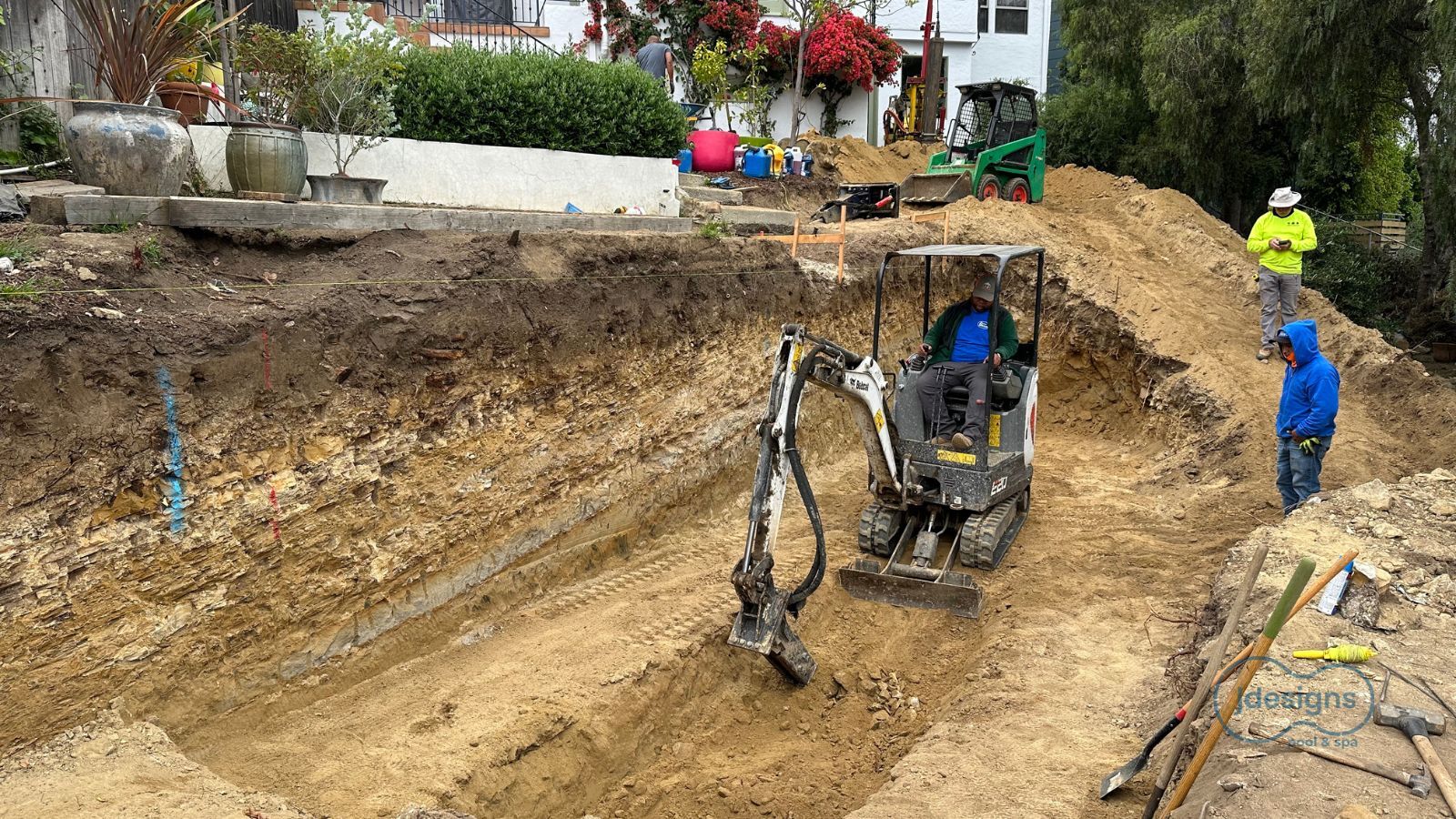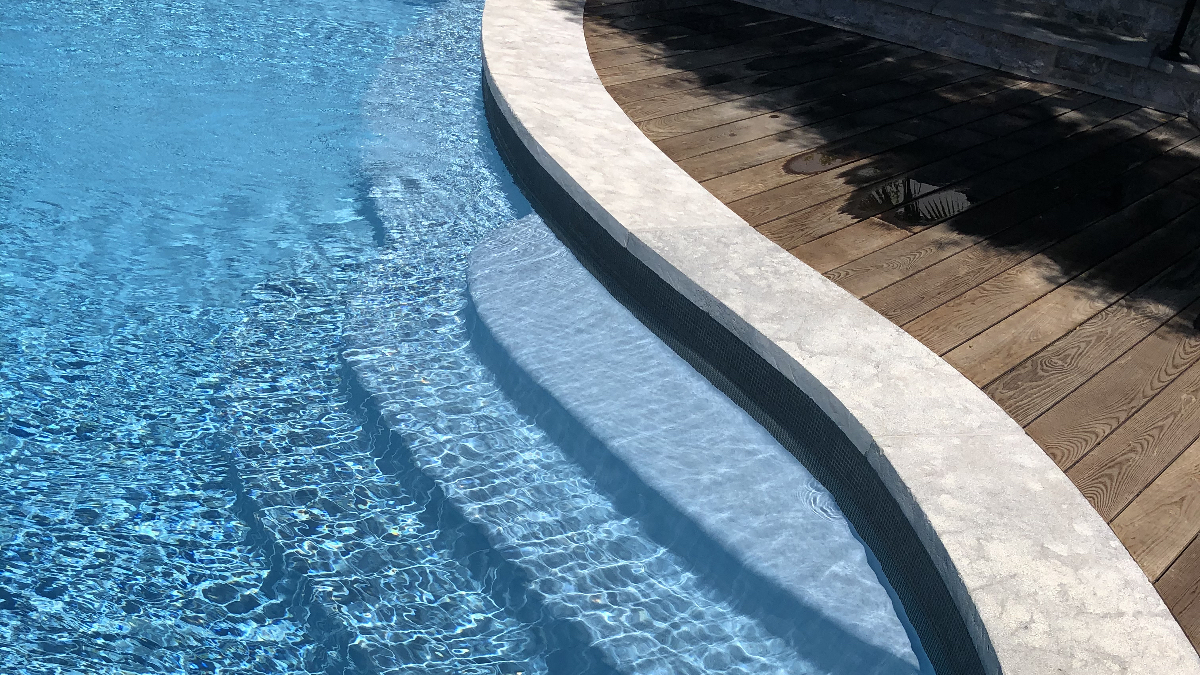Do You Need a Soils Report Before Pool Construction in LA?
The Hidden Soil Risks That Can Destroy Your Pool and Budget Why a Proper Soils Exploration Is Critical Before Building a Pool: A homeowner’s guide to...

“Planning to tile your swimming pool? Choosing the right type of tile is crucial to ensure your pool remains beautiful and durable for years. Two of the most popular options—ceramic and porcelain tiles—offer very different performance levels in submerged environments. So, how do you choose the best one? In this guide, we’ll break down the key differences, PROS and CONS, and help you make the right choice for your pool.”
Although both ceramic and porcelain tiles are made from clay, their composition, manufacturing process, and properties differ significantly:
|
Feature |
Ceramic Tile |
Porcelain Tile |
|
Water Absorption Rate |
Higher (3-7%) |
Lower (0.5% or less) |
|
Density |
Less dense |
Denser and more compact |
|
Durability |
Suitable for light to moderate traffic |
Extremely durable and resistant to heavy usage |
|
Frost Resistance |
Generally not frost-resistant |
Frost-resistant when rated as such |
|
Slip Resistance |
Varies depending on finish |
Varies depending on finish |
|
Cost |
More affordable |
Generally more expensive |
|
Chemical Resistance |
Low to Medium |
Medium to High |
The most critical difference for pool use is water absorption. Porcelain tiles have a much lower absorption rate, making them far better suited for submerged applications, where constant water exposure is a concern.

Best Use Case: Ceramic tiles are better suited for decorative purposes or areas not constantly submerged in water, such as pool coping, waterline accents, or outdoor showers.
Best Use Case: Porcelain tiles are the top choice for submerged areas of swimming pools, such as the pool floor, walls, and steps. They are also suitable for pool decks and coping in areas with heavy foot traffic.

“ANSI (American National Standards Institute) sets guidelines to ensure tiles meet durability and safety requirements, including installation materials. TCNA (Tile Council of North America) provides best practices for installing tiles in wet environments, such as swimming pools.”
Following these standards is essential to ensure your pool tiles withstand constant exposure to water, chemicals, and weather conditions.
Regardless of whether you choose ceramic or porcelain tiles, proper installation is crucial for long-term performance:

For swimming pool installations, porcelain tiles are generally the better choice due to their:
“Choosing the right tile for your swimming pool is a critical decision that impacts its functionality and beauty. While ceramic tiles can be a budget-friendly option for decorative areas, porcelain tiles are the best choice for any submerged surface due to their low water absorption rate and high durability.
If you want your pool to remain stunning and durable for years, opt for porcelain tiles in submerged areas.
Need more guidance? Check out our guide on ‘Pool Tile Maintenance Tips’ to keep your tiles looking their best!” Learn about other types of tiles this blog will help Elevate your pool with Glass tile

The Hidden Soil Risks That Can Destroy Your Pool and Budget Why a Proper Soils Exploration Is Critical Before Building a Pool: A homeowner’s guide to...

Why Pool Coping Fails - How to Avoid Expensive Repairs If you’re planning a new pool or renovating an older one, it’s completely normal to feel...

Have you ever wondered why your pool company talks about “certified technicians”? Or why does Los Angeles County require strict training and testing...